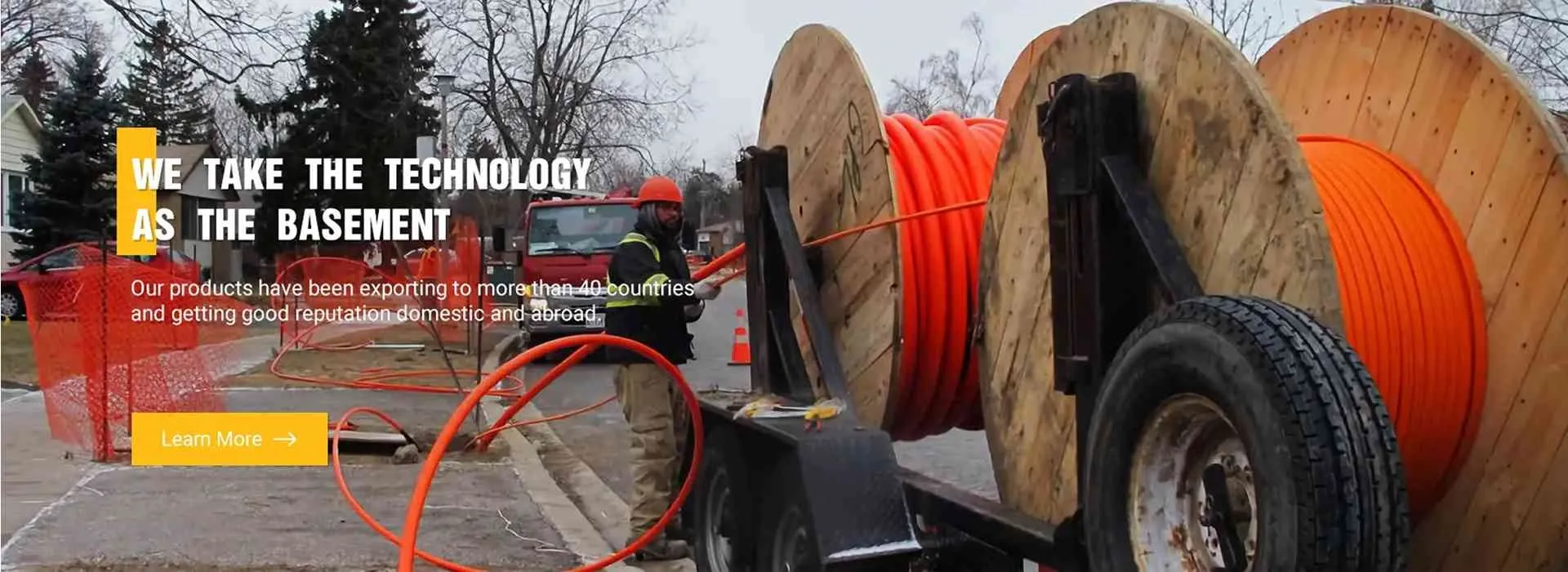
-
 Afrikaans
Afrikaans -
 Albanian
Albanian -
 Amharic
Amharic -
 Arabic
Arabic -
 Armenian
Armenian -
 Azerbaijani
Azerbaijani -
 Basque
Basque -
 Belarusian
Belarusian -
 Bengali
Bengali -
 Bosnian
Bosnian -
 Bulgarian
Bulgarian -
 Catalan
Catalan -
 Cebuano
Cebuano -
 Corsican
Corsican -
 Croatian
Croatian -
 Czech
Czech -
 Danish
Danish -
 Dutch
Dutch -
 English
English -
 Esperanto
Esperanto -
 Estonian
Estonian -
 Finnish
Finnish -
 French
French -
 Frisian
Frisian -
 Galician
Galician -
 Georgian
Georgian -
 German
German -
 Greek
Greek -
 Gujarati
Gujarati -
 Haitian Creole
Haitian Creole -
 hausa
hausa -
 hawaiian
hawaiian -
 Hebrew
Hebrew -
 Hindi
Hindi -
 Miao
Miao -
 Hungarian
Hungarian -
 Icelandic
Icelandic -
 igbo
igbo -
 Indonesian
Indonesian -
 irish
irish -
 Italian
Italian -
 Japanese
Japanese -
 Javanese
Javanese -
 Kannada
Kannada -
 kazakh
kazakh -
 Khmer
Khmer -
 Rwandese
Rwandese -
 Korean
Korean -
 Kurdish
Kurdish -
 Kyrgyz
Kyrgyz -
 Lao
Lao -
 Latin
Latin -
 Latvian
Latvian -
 Lithuanian
Lithuanian -
 Luxembourgish
Luxembourgish -
 Macedonian
Macedonian -
 Malgashi
Malgashi -
 Malay
Malay -
 Malayalam
Malayalam -
 Maltese
Maltese -
 Maori
Maori -
 Marathi
Marathi -
 Mongolian
Mongolian -
 Myanmar
Myanmar -
 Nepali
Nepali -
 Norwegian
Norwegian -
 Norwegian
Norwegian -
 Occitan
Occitan -
 Pashto
Pashto -
 Persian
Persian -
 Polish
Polish -
 Portuguese
Portuguese -
 Punjabi
Punjabi -
 Romanian
Romanian -
 Russian
Russian -
 Samoan
Samoan -
 Scottish Gaelic
Scottish Gaelic -
 Serbian
Serbian -
 Sesotho
Sesotho -
 Shona
Shona -
 Sindhi
Sindhi -
 Sinhala
Sinhala -
 Slovak
Slovak -
 Slovenian
Slovenian -
 Somali
Somali -
 Spanish
Spanish -
 Sundanese
Sundanese -
 Swahili
Swahili -
 Swedish
Swedish -
 Tagalog
Tagalog -
 Tajik
Tajik -
 Tamil
Tamil -
 Tatar
Tatar -
 Telugu
Telugu -
 Thai
Thai -
 Turkish
Turkish -
 Turkmen
Turkmen -
 Ukrainian
Ukrainian -
 Urdu
Urdu -
 Uighur
Uighur -
 Uzbek
Uzbek -
 Vietnamese
Vietnamese -
 Welsh
Welsh -
 Bantu
Bantu -
 Yiddish
Yiddish -
 Yoruba
Yoruba -
 Zulu
Zulu


Nov . 01, 2024 18:19 Back to list
How to Properly Install a Ground Rod for Electrical Systems
Installing a Ground Rod A Step-by-Step Guide
Grounding is an essential aspect of electrical systems that ensures safety and protects your home from electrical surges and hazards. One of the most effective methods of establishing a grounding system is through the installation of a ground rod. Here’s a step-by-step guide to help you through the process.
Step 1 Gather Necessary Materials Before you begin, gather all the necessary tools and materials. You will need a copper or galvanized steel ground rod, typically 8 to 10 feet long; a ground rod driver or sledgehammer; grounding wire; a ground clamp; and a shovel or post hole digger if you are digging a trench for the grounding wire.
Installing a Ground Rod A Step-by-Step Guide
Step 3 Drive the Ground Rod Using a ground rod driver or a sledgehammer, drive the ground rod into the earth at a vertical position. The rod should be driven deep enough so that at least 8 feet is buried underground, which is generally the minimum depth required for effective grounding. Make sure that the top of the rod is flush with or slightly above the surface of the ground.
installing a ground rod

Step 4 Connect the Ground Wire Once the ground rod is installed, attach a grounding wire to the rod using a ground clamp. Make sure the connection is tight and secure to ensure a good electrical connection. The grounding wire will then be routed to your electrical panel.
Step 5 Run the Ground Wire to the Electrical Panel If necessary, trench a path for the grounding wire to prevent damage. The wire should be run in a direct line without sharp bends, ensuring that it is out of reach of possible damage from equipment or vehicle traffic. Once you reach the electrical panel, connect the grounding wire to the grounding terminal.
Step 6 Check for Compliance Before covering any trenches or completing your installation, check local electrical codes or consult a licensed electrician to ensure compliance with safety regulations. Proper grounding can vary based on local conditions and regulations, so it’s crucial to adhere to these guidelines.
Step 7 Test the Grounding System Once everything is connected, it’s advisable to test the grounding system. This can be done with a multimeter to ensure that there is a low resistance path to ground, indicating that the system is functioning properly.
In conclusion, installing a ground rod is a straightforward process that significantly enhances the safety of your electrical system. By following these steps, you can create a reliable grounding connection that contributes to the overall safety and effectiveness of your home's electrical system. If you are ever in doubt, don’t hesitate to contact a professional electrician for assistance.
Latest news
Understanding Earth Wiring and Grounding: Essential Components for Electrical Safety
NewsAug.15,2025
The Ultimate Guide to Cable Pulling Tools and Equipment for Efficient Installations
NewsAug.15,2025
Streamline Your Projects with Advanced Cable Pulling Equipment
NewsAug.15,2025
Simplify Cable Installation with Advanced Cable Pulling Tools and Equipment
NewsAug.15,2025
Essential Guide to Link Sticks and Hot Sticks for Electrical Safety and Line Work
NewsAug.15,2025
Efficient Solutions for Cable Installation: Your Guide to Cable Pulling Winches and Equipment
NewsAug.15,2025








